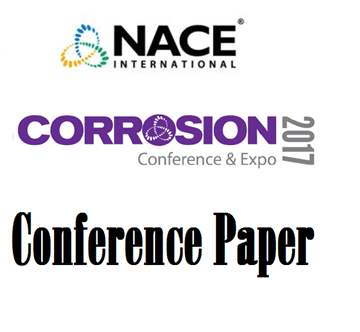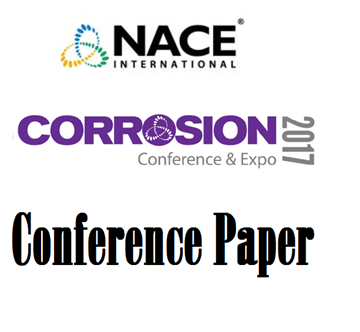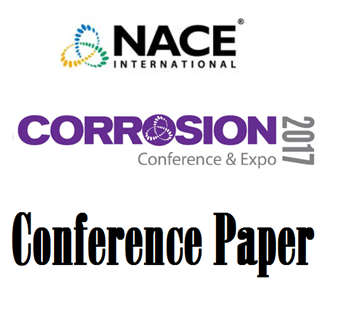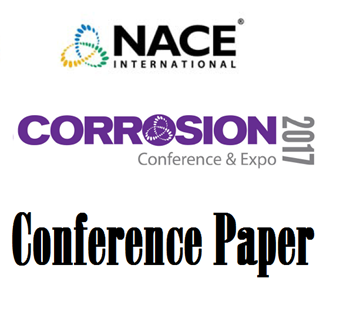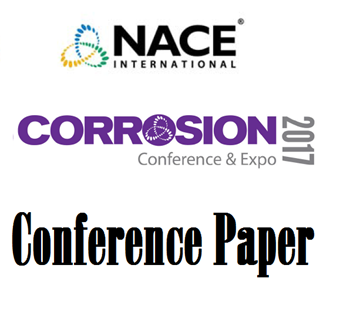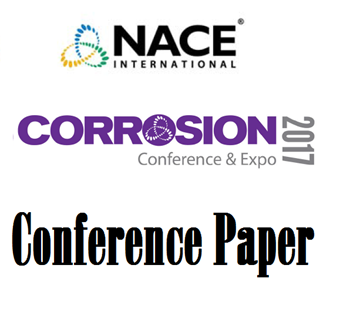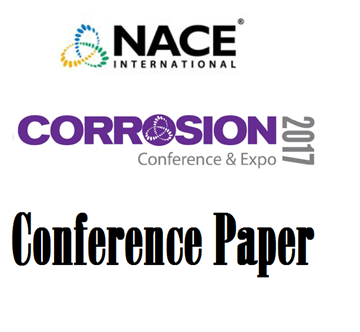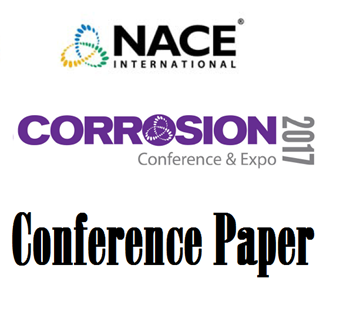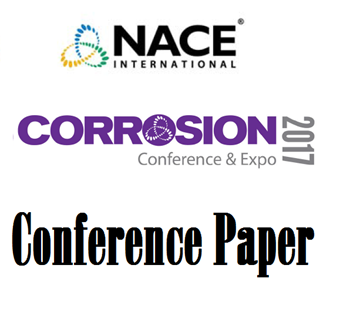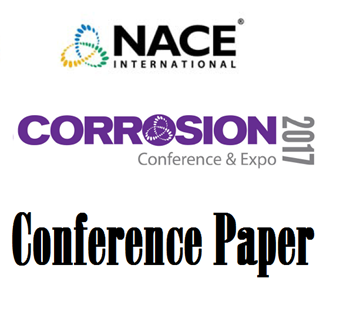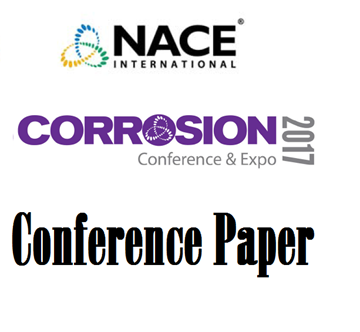Search
Products tagged with '2017 Conference Papers'
View as
Sort by
Display
per page
51317--9802-Determining Biocide Selection and Dosage Recommendation via Planktonic and Sessile Kill Studies and Subsequent Biofilm Regrowth: A Case Study
Product Number:
51317--9802-SG
ISBN:
9802 2017 CP
Publication Date:
2017
$20.00
51317--9806-Corrosion Resistance of Metal Matrix Composite Coatings - Effect of Microstructure
Product Number:
51317--9806-SG
ISBN:
9806 2017 CP
Publication Date:
2017
$20.00
51317--9809-The Influence of Scale Formation on the AC Corrosion of API Grade X65 Pipeline Steel Under Cathodic Protection
Product Number:
51317--9809-SG
ISBN:
9809 2017 CP
Publication Date:
2017
$20.00
A Combined Numerical and Experimental Approach to Study the Effect of Water Layer Thickness on the Electrochemical and Corrosion Distributions in the Galvanic Coupling Between UNS A97050 and UNS S31600
Product Number:
51317--9157-SG
ISBN:
9157 2017 CP
Publication Date:
2017
$20.00
A Corrosion Fatigue (CF) Assessment Method for High-stressed Engine Components in Corrosive Fuels
Product Number:
51317--9001-SG
ISBN:
9001 2017 CP
Publication Date:
2017
$20.00
A Mechanistic Study of Corrosion Inhibitor Partitioning and Performance in Sweet Corrosion Environments
Product Number:
51317--9399-SG
ISBN:
9399 2017 CP
Publication Date:
2017
$20.00
A Method for Assessing Facility Pipe Integrity
Product Number:
51317--9524-SG
ISBN:
9524 2017 CP
Publication Date:
2017
$20.00
A Multielectrode Array Sensor for Coating and Pretreatment Evaluation on Carbon Steels
Product Number:
51317--9011-SG
ISBN:
9011 2017 CP
Publication Date:
2017
$20.00
A Novel Peptide at a Very Low Concentration Enhanced Biocide Treatment of Corrosive Biofilms
Product Number:
51317--8950-SG
ISBN:
8950 2017 CP
Publication Date:
2017
$20.00
A Phosphorous-Free Alternative for Corrosion Control
Product Number:
51317--9193-SG
ISBN:
9193 2017 CP
Publication Date:
2017
$20.00
A Promising Coating of Nanostructured Graphene-Ceria Nanofillers in Polyurethane for Corrosion Protection
Product Number:
51317--9217-SG
ISBN:
9217 2017 CP
Publication Date:
2017
$20.00
A Study of Nonconventional Biocide Treatments of Barnett Shale Gathering Pipelines
Product Number:
51317--8866-SG
ISBN:
8866 2017 CP
Publication Date:
2017
$20.00

